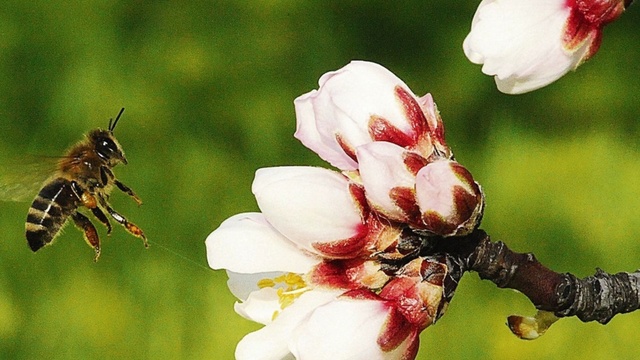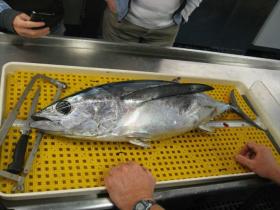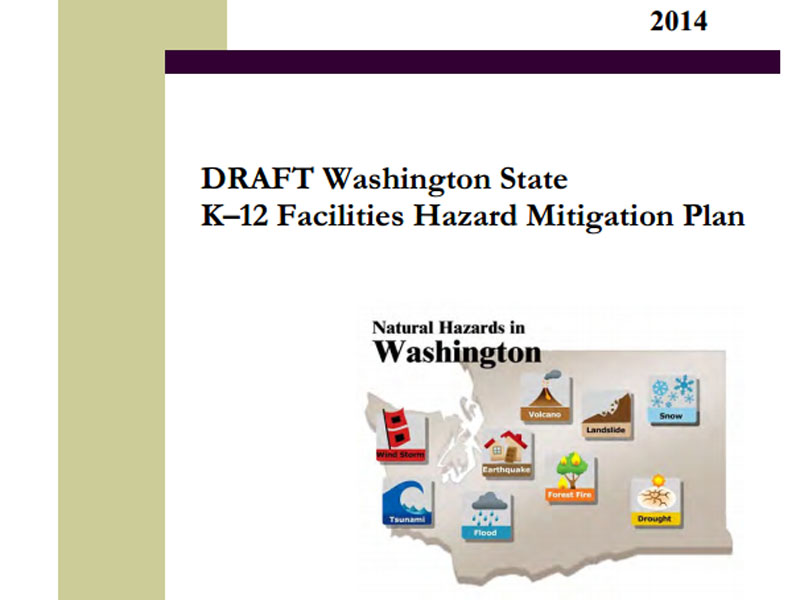
30. Apr, 2014 by APTN National News |
Kenneth Jackson
APTN National News
An RCMP project aimed at tallying the number of missing and murdered Indigenous women has uncovered “over 1,000” cases, APTN National News has learned.
The RCMP was able to determine over a 1,000 cases of missing and murdered Indigenous women with the help other police forces across the country, according to a person with knowledge of the project, who asked not to be named because they’re not the official spokesperson on the project.
As part of this project, the RCMP reached out to over 200 police forces across the country to get a peek in their files to compile their statistics.
APTN was told the project was complete and the report’s release is being held up by the federal ministry of public safety Canada and was supposed to come out March 31.
However, RCMP Aboriginal policing Supt. Tyler Bates denied a report was done when contacted on his cellphone Wednesday afternoon but not the tally.
“There is no report as of yet that has been disseminated,” said Bates. “There will be a publicly available document down the road.”
When asked about the tally of over 1,000 Bates said he couldn’t confirm or deny any number.
“I’m not going to speak to a specific number to confirm or refute anything at this juncture,” he said. “I don’t have any comment right now. All I can tell you is there is work that remains ongoing.”
The purpose of the project was to give the RCMP clear data on the number of missing and murdered Indigenous women Bates told APTN in December.
The tally of over 1,000 cases would shatter anything officially compiled up until this point. The Native Women’s Association of Canada released a report in 2010 with nearly 600 cases.
Then just recently an Ottawa researcher said her work put the number at over 800.
The RCMP questioned NWAC’s numbers in the past, but, until the recent project, the federal force only tallied information from within its own files.
A call the public safety minister’s office wasn’t immediately returned.
– with APTN files


















